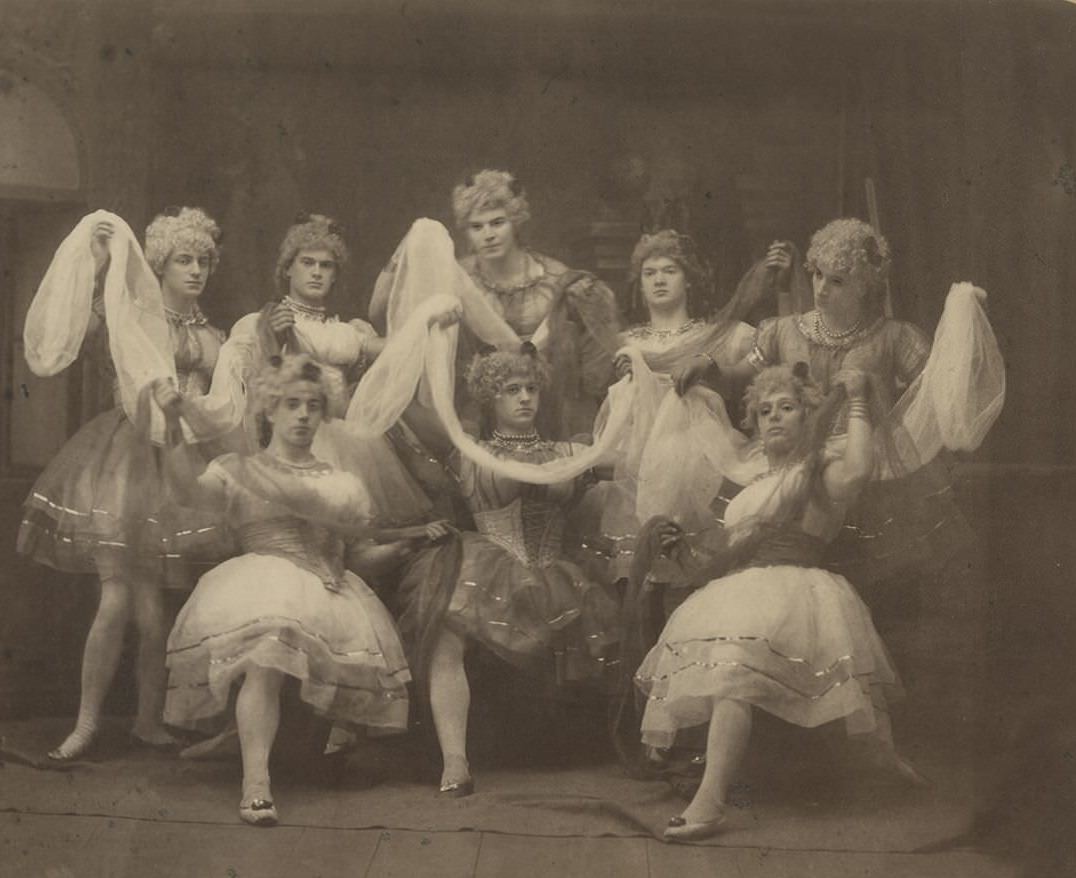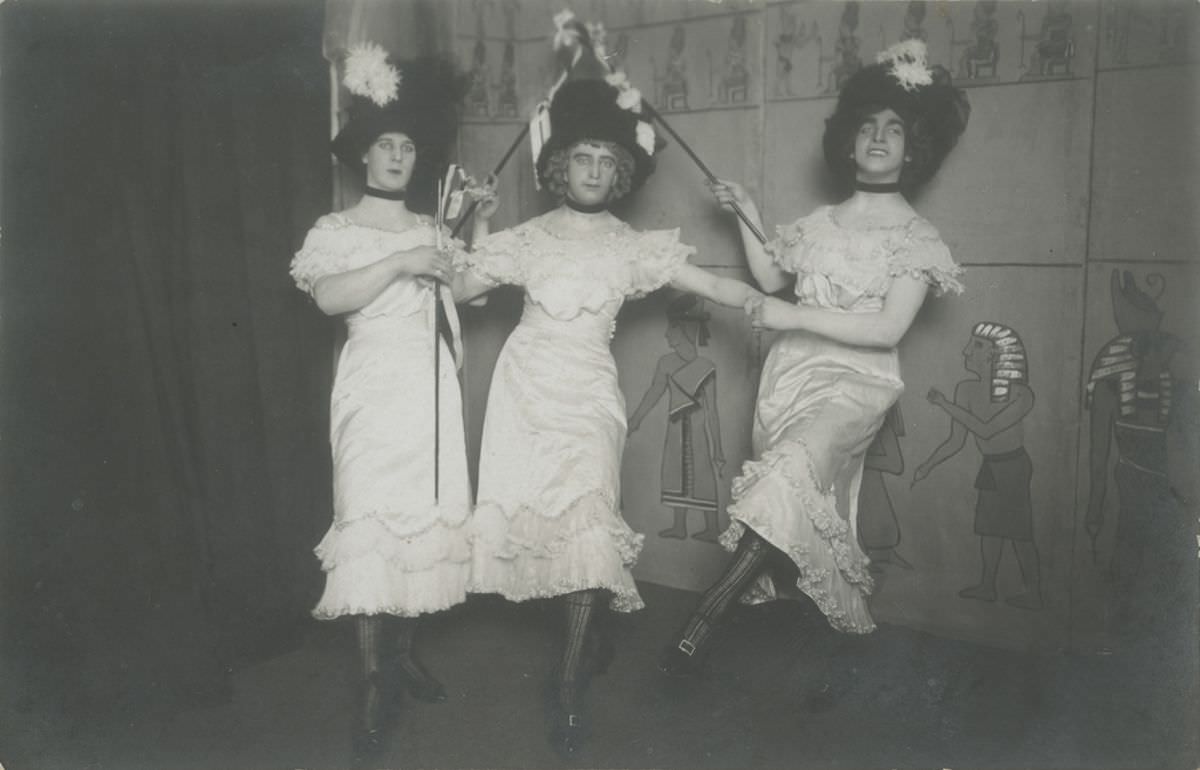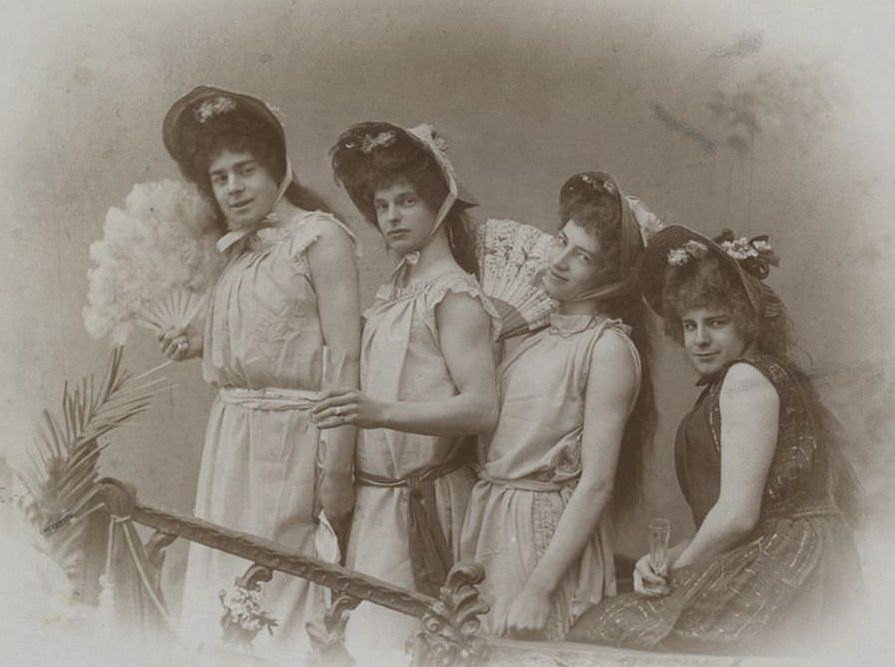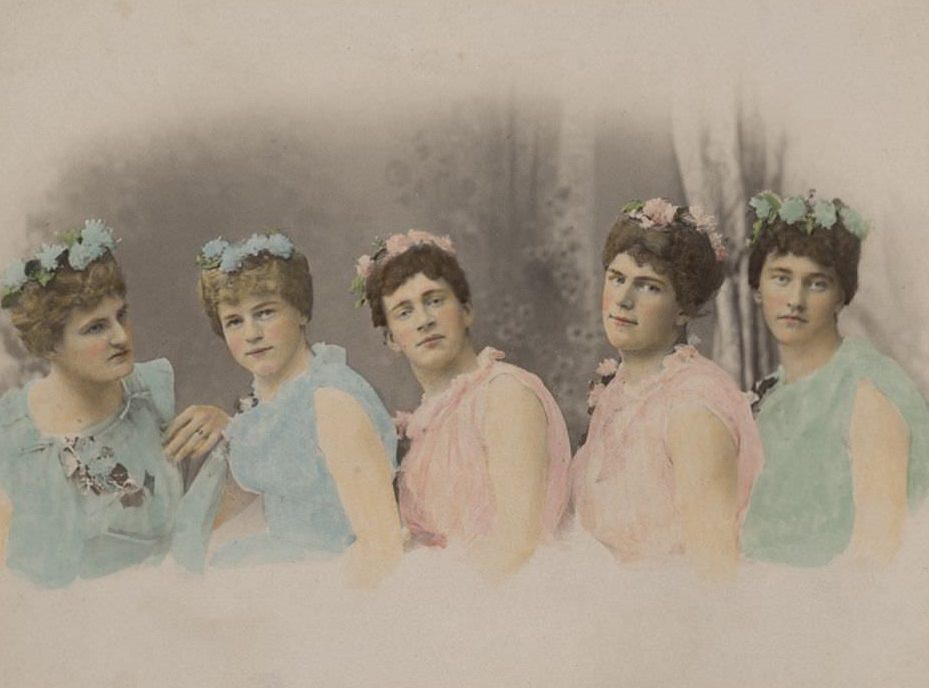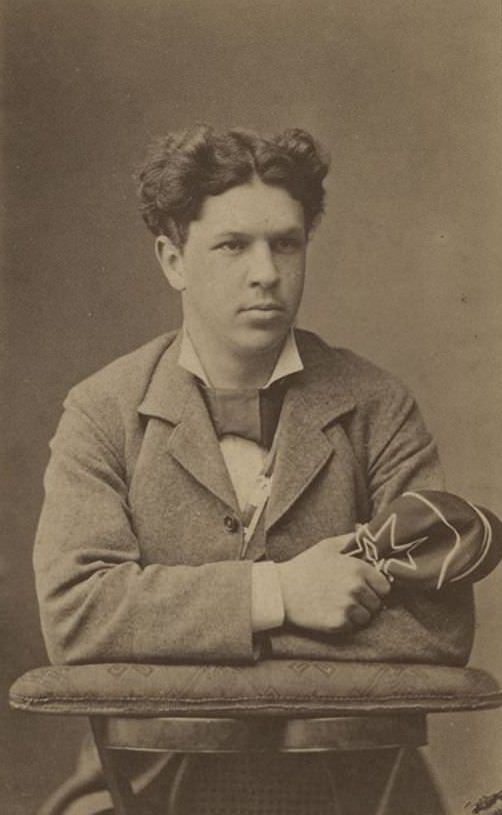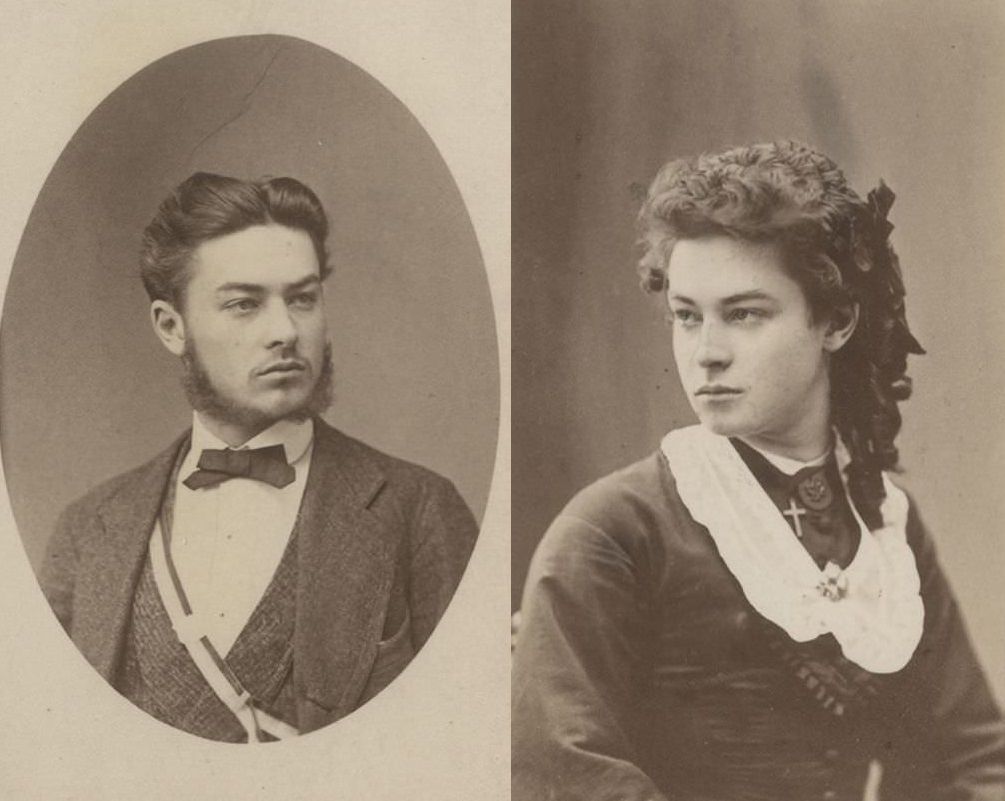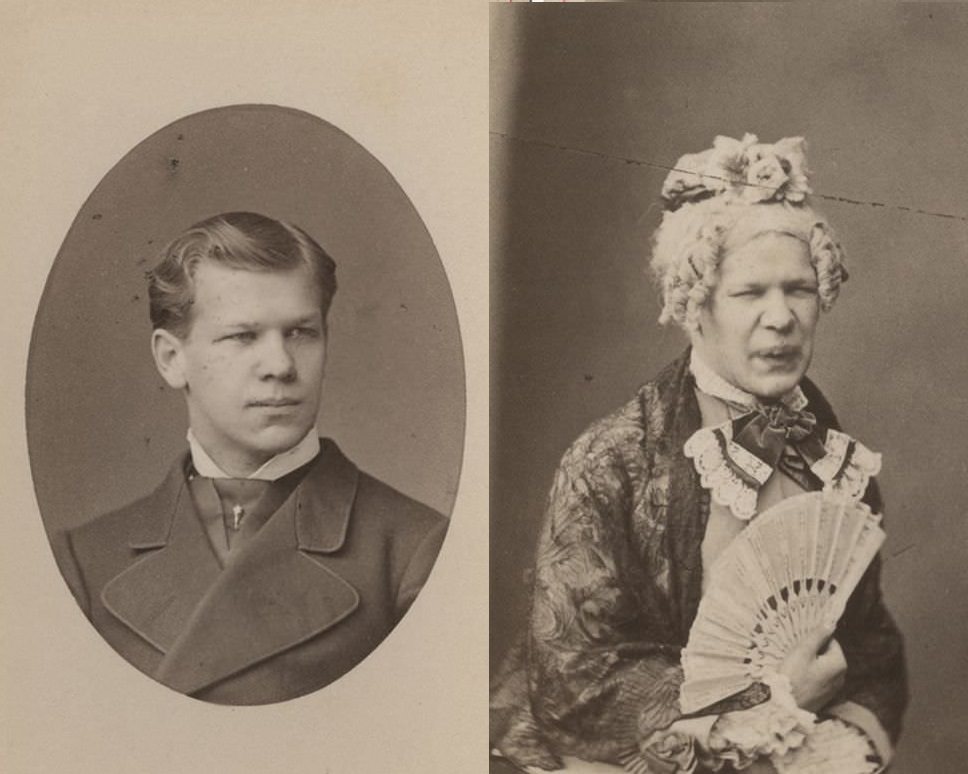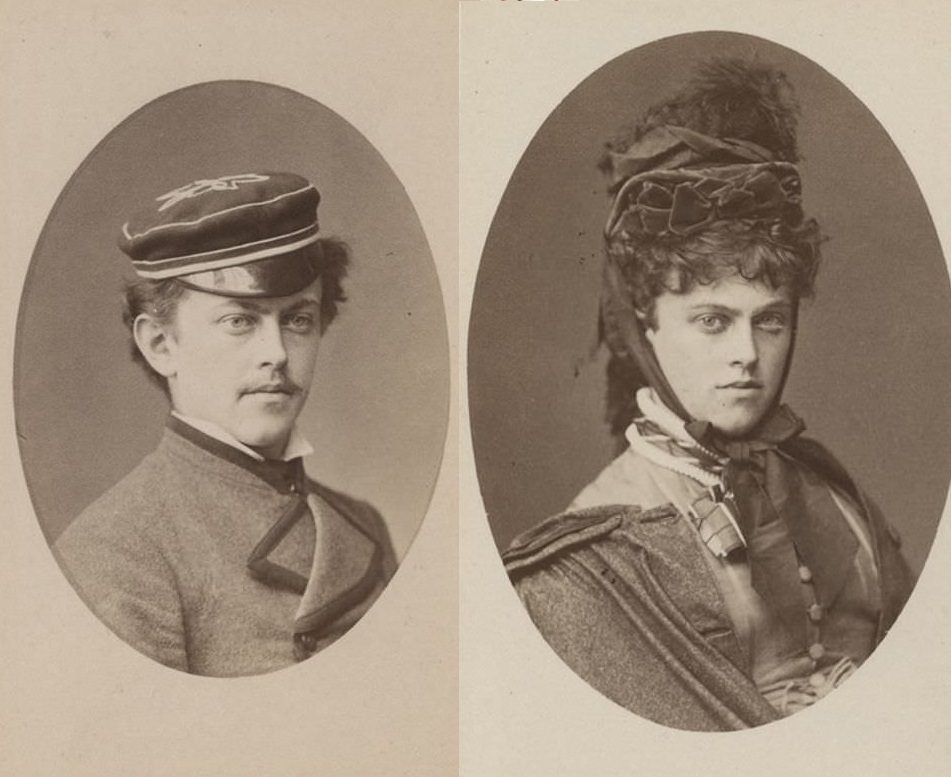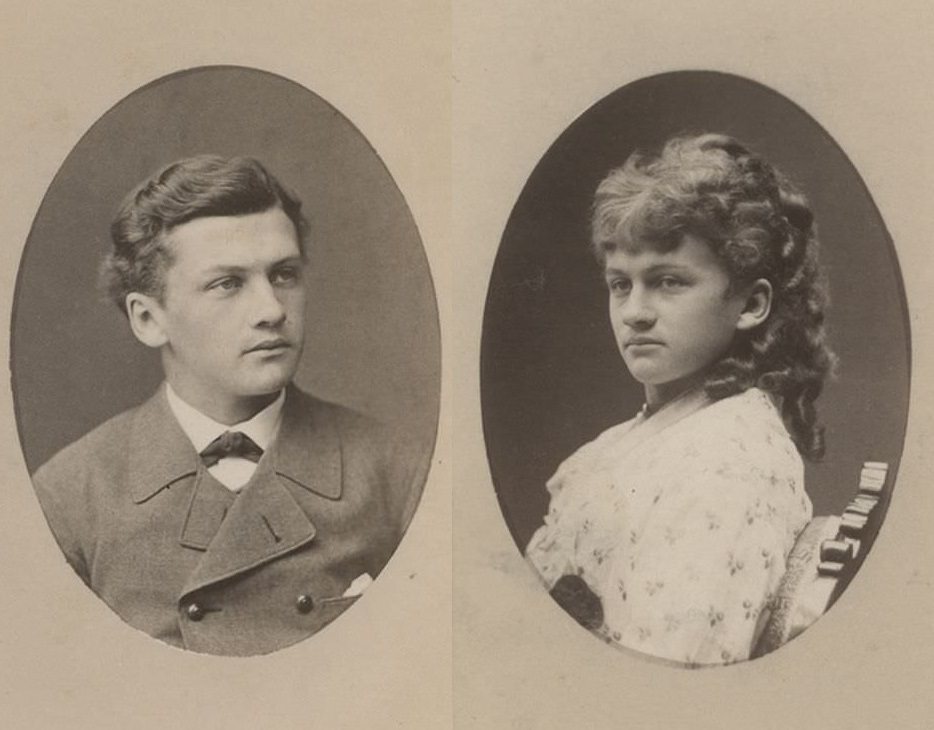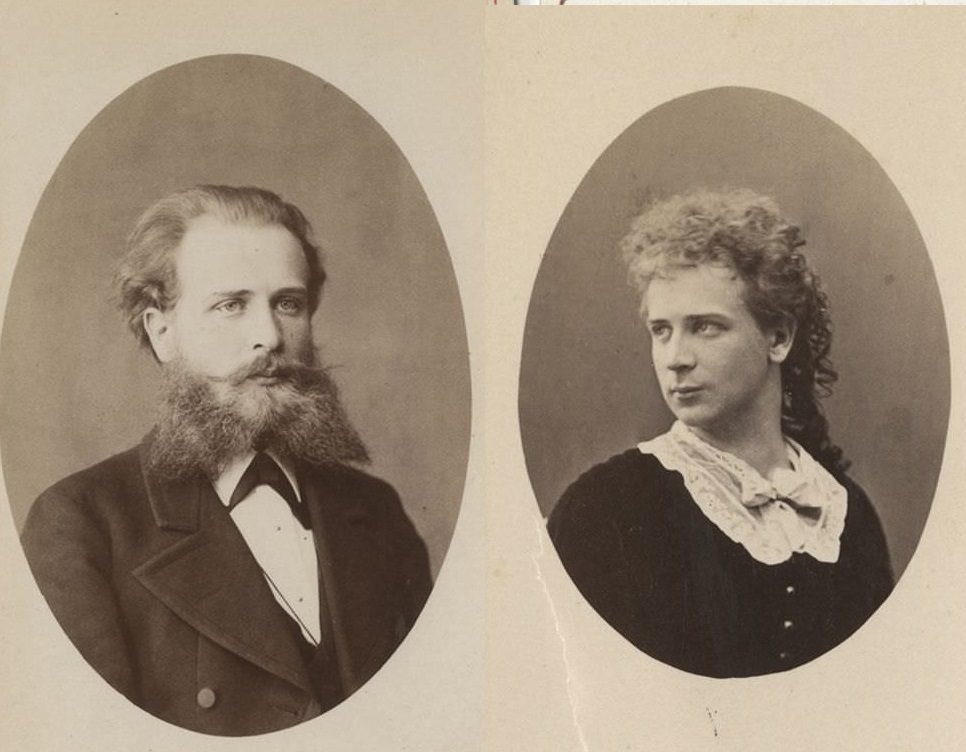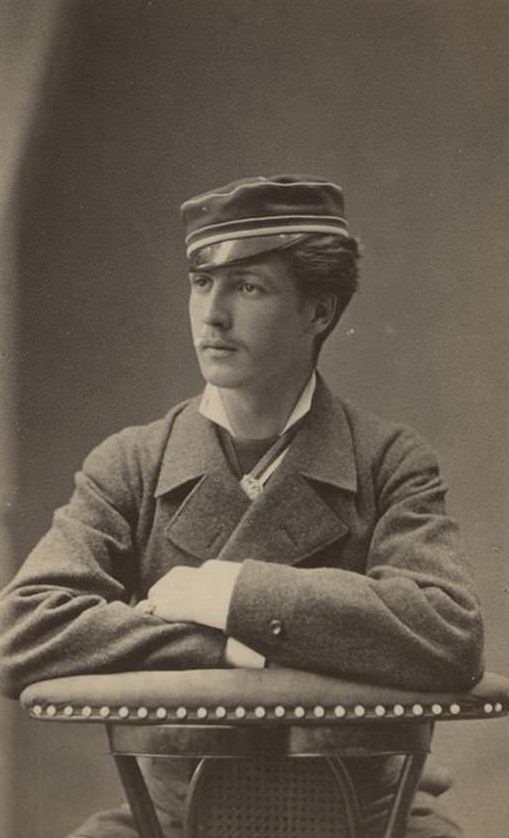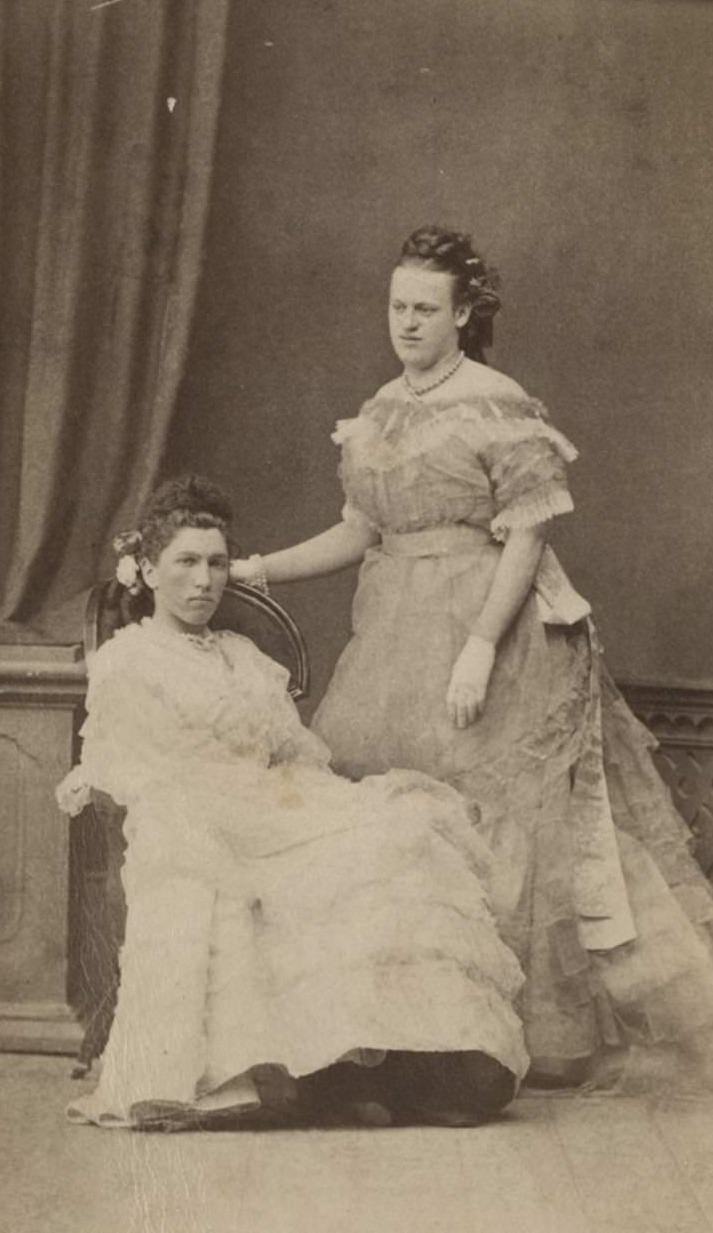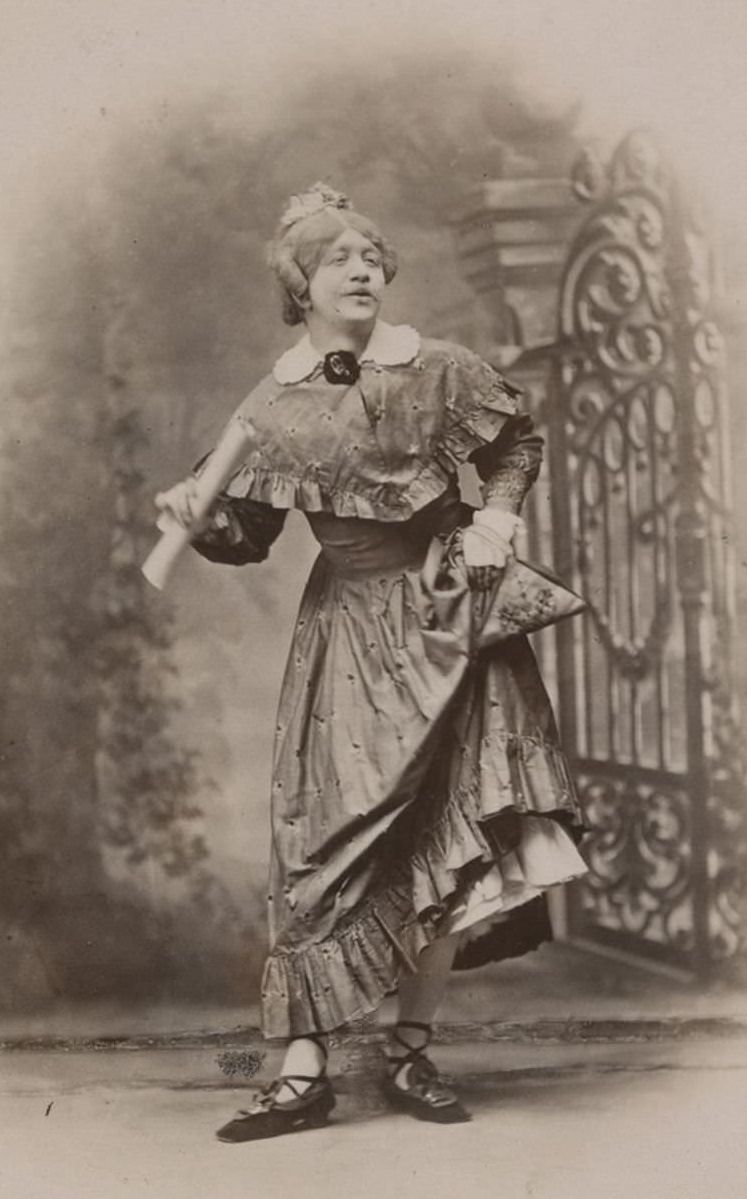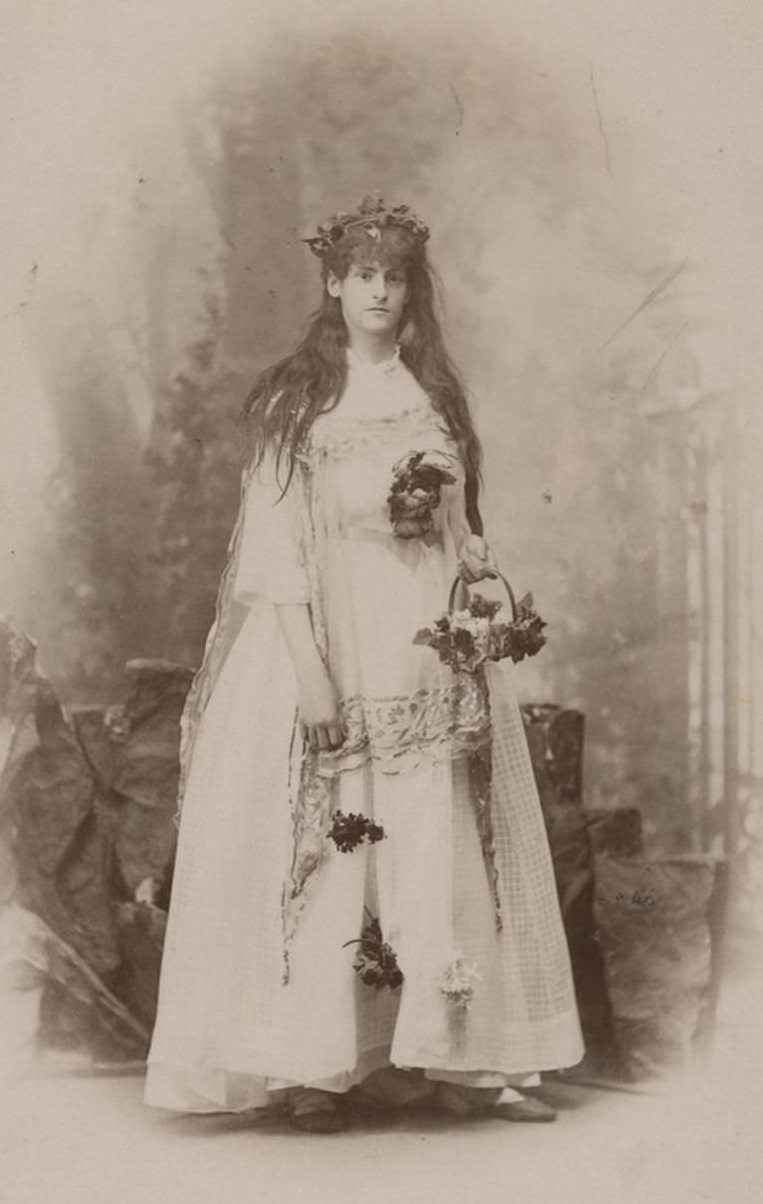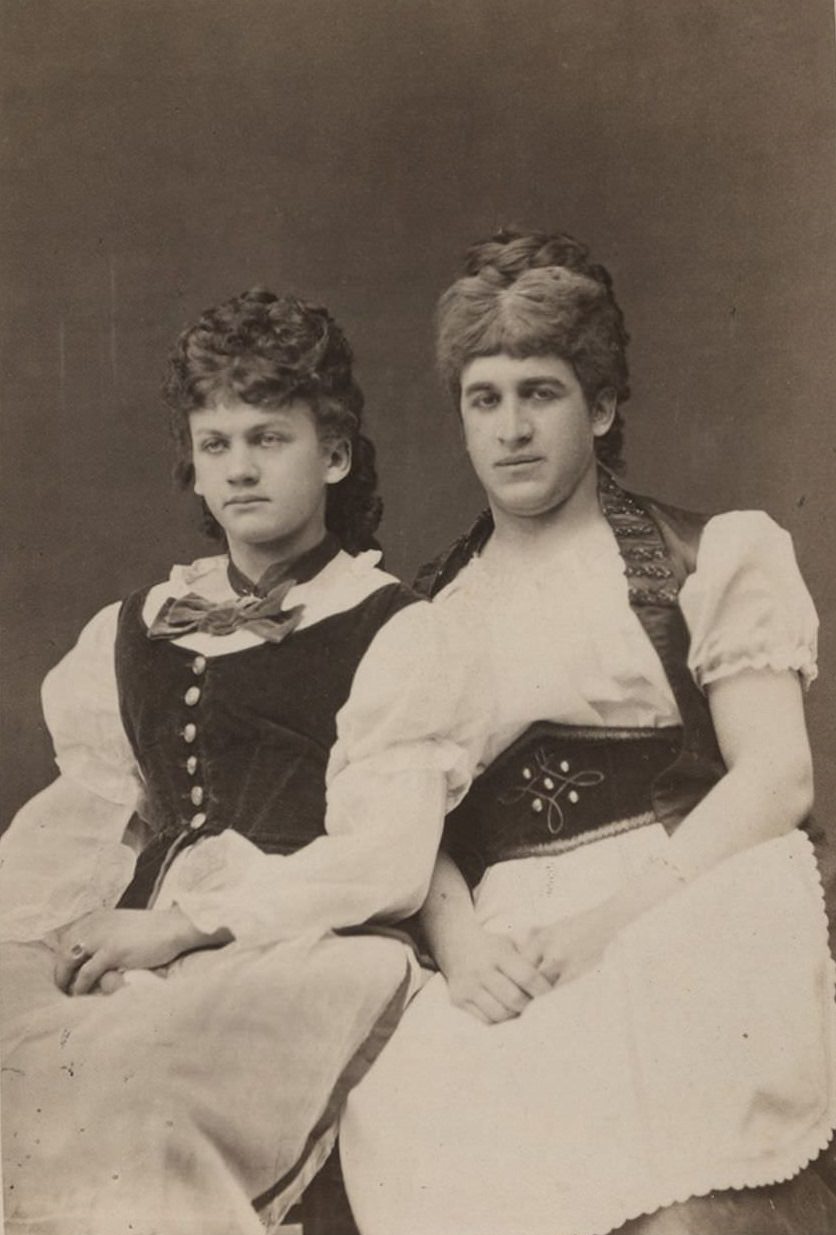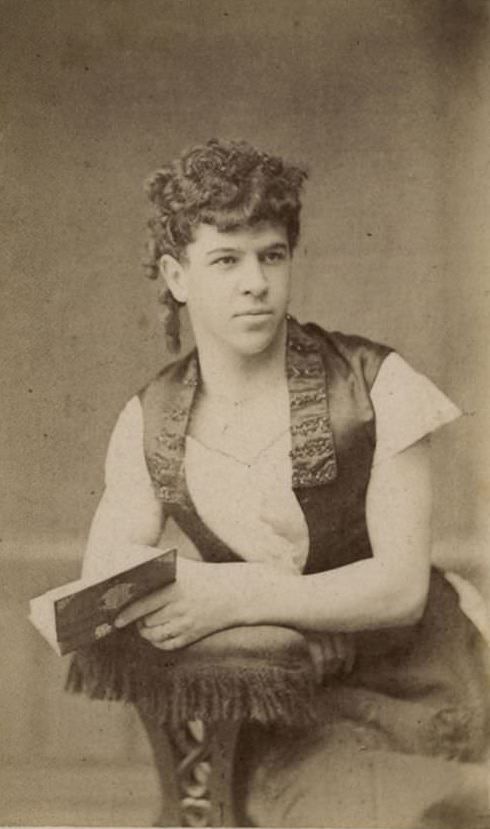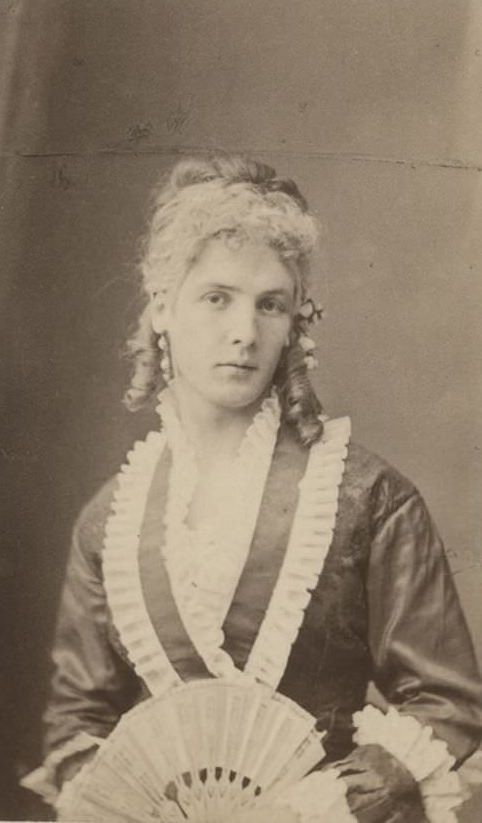In Estonia, it was a tradition for students to stage plays as initiation rites in late autumn at Tartu University. All the pledges were expected to play male and female roles, and they committed themselves to the costuming and makeup as seriously as possible. These were all-male groups, so female characters were especially popular. Students and audience members could purchase memorabilia and cartes de visita, which local photographers in a costume created.
In many societies, women were prohibited from performing on stage, so boys and men played female roles. Men played female roles in ancient Greek theatre, English Renaissance theatre, and Japanese kabuki (see onnagata). As Chinese opera was traditionally all-male, Yue or Shaoxing opera was led by women. In the Victorian era, English actresses impersonated men in theater, and in America, actors like Anne Hindle also impersonated men. Her voice was low, and she shaved her facial hair regularly to make it form a stubble.
Cross-dressing in motion pictures began in the silent era. For many years, the tradition has been played for laughs. By 1910, Charlie Chaplin and Stan Laurel brought the English music hall tradition to America with Fred Karno’s comedy troupe. Laurel and Chaplin occasionally wore women’s clothing in their films. The beefy American actor Wallace Beery played a Swedish woman in a series of silent films. Curly (Jerry Howard) occasionally appeared in drag in the short films of the Three Stooges. Since the mid-1960s, only recent dramatic films have included cross-dressing, possibly because American films were strictly censored.


